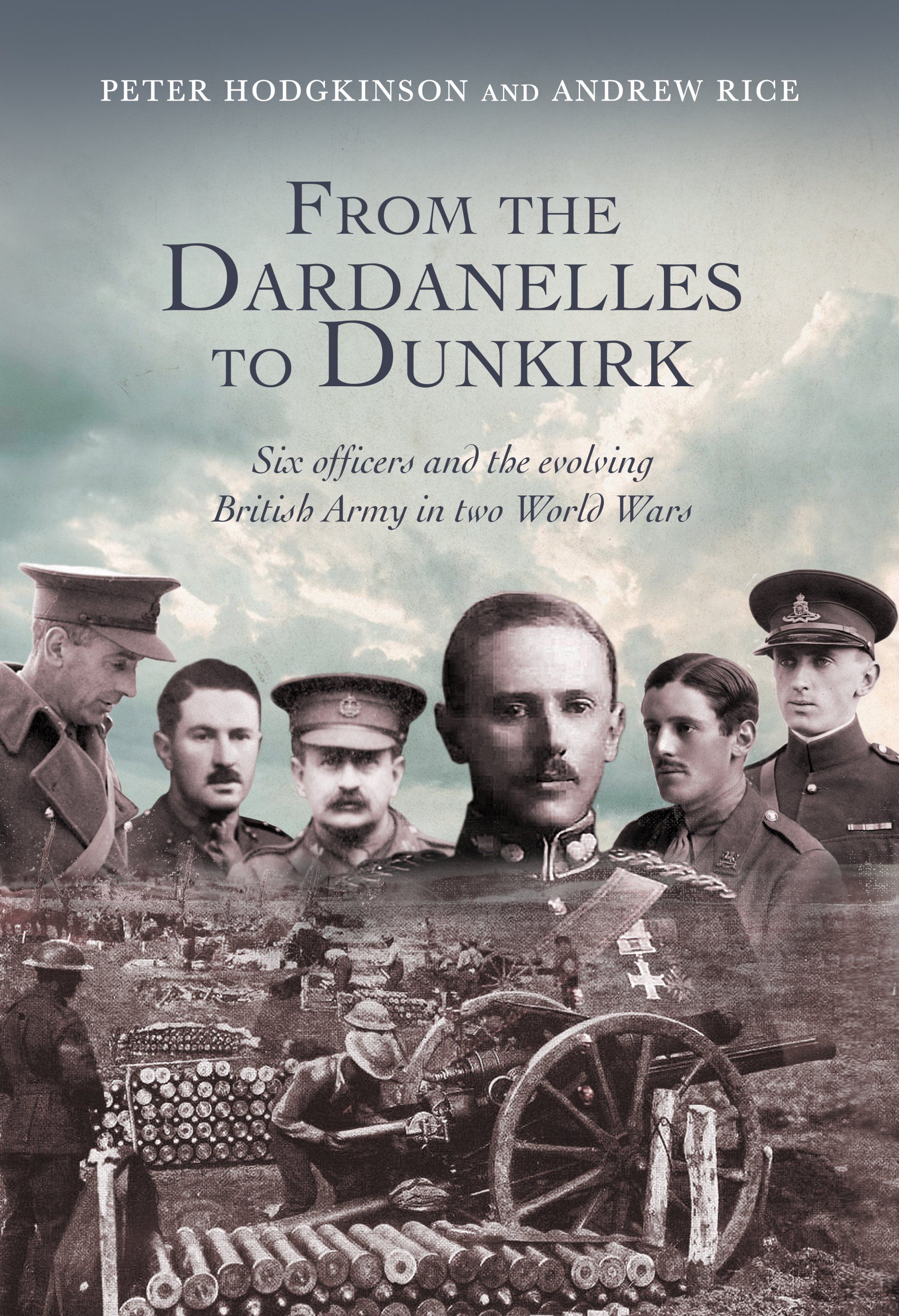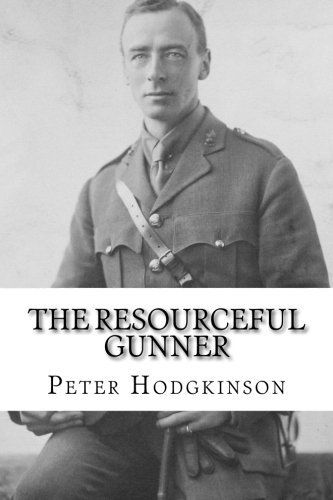The Officer Corps
The Officer Corps
The officer corps of the First World war has been much maligned ...
The officer corps of the First World war has been much maligned ...
The Regular officers that took the Army to war have been portrayed as 'loafers', unprofessional and intellectually deficient. They are castigated for having been 'drawn from a tiny section of society', selected without rigour, trained to a poor standard, and promoted based on their seniority rather than their ability.
Whilst there is some truth in these observations, as Simon Robbins has observed, 'the interpretation that the social background of the officer corps was responsible for the failings of the Army ... while providing a possible answer for the shortcomings of some officers remains dubious and conveys the impression of monolithic stupidity ... which is not convincing'.
Peter addresses many of these misconceptions in his book British Battalion Commanders in the First World War.
From the Dardanelles to Dunkirk
The Rice family of Boston, Lincolnshire provided five members of the officer corps during the Great War, four brothers and an uncle. The uncle, Hugh Rosceter Rice (commissioned in 1888), who would command 1st Essex on Gallipoli May-August 1915, confirms many of the negative stereotypes of the pre-war officer. His four nephews demonstrate the reverse - intelligence and diligence. One, Frederick Joseph Rice, rose from second-lieutenant in 1913 to major commanding a battery of field artillery in 18th Division in the last two years of the war.
Peter's seventh book on the Great War - From the Dardanelles to Dunkirk - traces their careers in the light of the development of the officer corps 1880-1950. It includes the vivid diary of Joe Rice for the four years of the Great War. The book reviews both the Victorian and Edwardian army, and that of the interbellum period, when the officer corps showed a reversion to type, and the criticisms once more began to be pertinent.
Peter's seventh book on the Great War - From the Dardanelles to Dunkirk - traces their careers in the light of the development of the officer corps 1880-1950. It includes the vivid diary of Joe Rice for the four years of the Great War. The book reviews both the Victorian and Edwardian army, and that of the interbellum period, when the officer corps showed a reversion to type, and the criticisms once more began to be pertinent.
It also looks at the career of two more of the brothers who joined the army in 1920 and 1940 respectively, including the diary of Major Richard Bernard Rice from 1940, which finishes with his evacuation from Dunkirk. Another highly able officer, he would be killed commanding a Field Regiment of artillery in Tunisia in 1943.
The book is published by KDP and available from Amazon.

Inventor and gunnerMajor Conrad Dinwiddy
There are individuals whose contribution to the Great War raises them head and shoulders above others. For some, this was because of their action on the battlefield; for others it was the tireless, inventive application of their minds.
Conrad Hugh Dinwiddy was a surveyor working in his father's London-based architectural practice at the outbreak of the Great War. He was an active local Conservative politician who undoubtedly would have become an MP, a tournament tennis player, an experienced mountaineer, and a journalist.
Conrad Hugh Dinwiddy was a surveyor working in his father's London-based architectural practice at the outbreak of the Great War. He was an active local Conservative politician who undoubtedly would have become an MP, a tournament tennis player, an experienced mountaineer, and a journalist.
In June 1915, when on night-duty as a Special Policeman, and pondering the Zeppelin threat to the capital, he began to devise a range-finder that would allow anti-aircraft fire to be swiftly and accurately brought to bear on aircraft. The principles were in place by the morning, and he had a full scheme within a week. He then devised a slide-rule which would allow a battery commander to make the calculations necessary for the final fuze-setting to be made.
In December 1916 he was sent to the Western Front to a 6-inch howitzer battery. Within two months he was a captain, second-in-command; and within six was a major, commanding the battery. His commitment to applying his skills and intellect did not cease – during his first two months of being in action he invented a method using lit parallel aiming posts to improve the accuracy of night firing. He submitted a scheme for barge-mounted batteries, and methods of ammunition supply using monorail.
In December 1916 he was sent to the Western Front to a 6-inch howitzer battery. Within two months he was a captain, second-in-command; and within six was a major, commanding the battery. His commitment to applying his skills and intellect did not cease – during his first two months of being in action he invented a method using lit parallel aiming posts to improve the accuracy of night firing. He submitted a scheme for barge-mounted batteries, and methods of ammunition supply using monorail.
Peter's article ' The Dinwiddy Rangefinder and the Defence of London' was published in Stand To!
in 2020.
'The Resourceful Gunner'
Peter's full biography of Conrad Diwiddy includes the careers of his brothers during the war, pre-war letters which indicate his character, and delves into his papers to illuminate his inventions, his letters from the Western Front in 1917 which describe the work of an artillery officer, and details the work of his howitzer battery, including the technicalities of gunnery.
Tragically, Conrad was killed at Polygon Wood, Ypres on 26 September 1917.
Published via KDP, The Resourceful Gunner is only available from Amazon.
Tragically, Conrad was killed at Polygon Wood, Ypres on 26 September 1917.
Published via KDP, The Resourceful Gunner is only available from Amazon.
